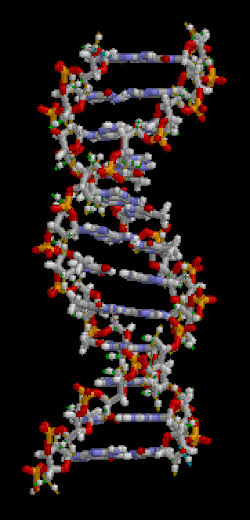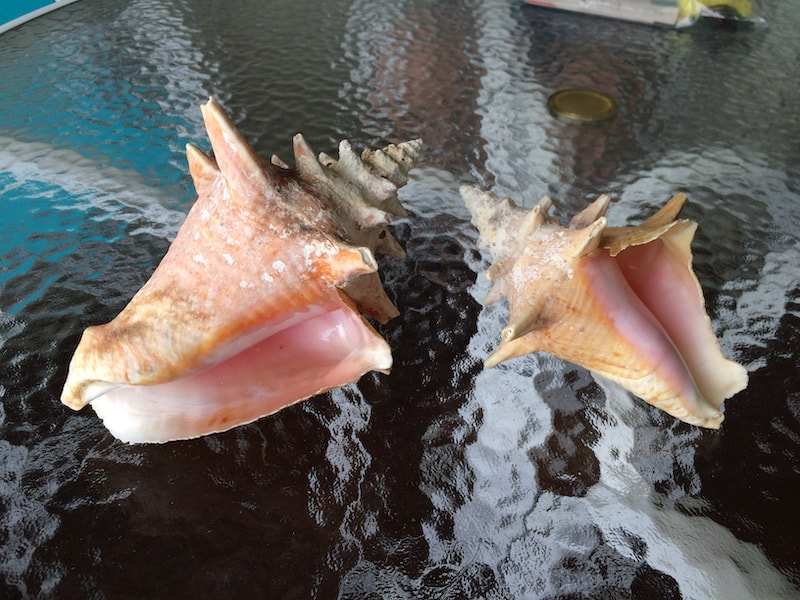One of the things I most love about the Alexander Technique is the spiraling nature of what it has to teach me. I circle around my habits, over and over, but each time a little differently, a little deeper, with a little more clarity. This is the gift and the curse of spiral education. Nothing ever disappears, it just comes back in another form.
A lot of my professional development days as an elementary school music teacher found me sitting around a table with my colleagues, bored out of my gourd as they discussed yet another way to teach math. The professional days I most enjoyed were the ones on educational theory, because there was something that suited the analysis geek in me and gave me something that I could actually apply to what I taught. Over the years there were a number of methodologies – 4-MAT, Howard Gardner’s Multiple Intelligences, etc. – that all talked about the power of the spiral in education. In the Kodály world we talk about it, too – we see the same children in our music classes every year until they leave our school, and we work our way around the same concepts on a deeper level each time. This spiraling methodology makes so much sense to me, and the day I saw it in Alexander Technique, I got even more excited about it.
A lot of my professional development days as an elementary school music teacher found me sitting around a table with my colleagues, bored out of my gourd as they discussed yet another way to teach math. The professional days I most enjoyed were the ones on educational theory, because there was something that suited the analysis geek in me and gave me something that I could actually apply to what I taught. Over the years there were a number of methodologies – 4-MAT, Howard Gardner’s Multiple Intelligences, etc. – that all talked about the power of the spiral in education. In the Kodály world we talk about it, too – we see the same children in our music classes every year until they leave our school, and we work our way around the same concepts on a deeper level each time. This spiraling methodology makes so much sense to me, and the day I saw it in Alexander Technique, I got even more excited about it.

In Day 11 of this blog series, I talked about transition and reinvention in my own life as being times when it was easy to let go of old habits and start over. These moments are dramatic and few, and in them, it feels to me like anything is possible. Here’s the trick, however – once I settle in to my new life, home, position, whatever, how do I keep my old habits and behavior patterns from coming around that spiral once more and settling back gently into my life? I’ve also talked a lot about self-worth. If you’re a person like me who will very easily fall into “I’m not good enough,” then how do we stop that negative thought pattern from creeping back into our lives?
Spiraling DNA strands in the human body
In my personal experience, this is where the genius of the Alexander Technique has come in to the rescue. Do you remember those old cartoons where Bugs Bunny would have a devil on one shoulder and an angel on the other, trying to tell him different things to do? I often have the feeling that there are a couple of significant people sitting on my shoulder whispering things into my ears. “That’s too hard, why would you do that? You might fail.” “Be careful! If you do that (exciting new thing, move in the gym) you might get hurt.” Periodically, my grandmother arrives and says “What did you do to your hair?”
Here’s what I do when these lovely people and thought patterns arise. I go back to the basics of Alexander Technique. 1) Awareness – who are these people, and why are they showing up right now? What am I doing in my body in response? 2) Pausing – Okay, let’s put the pause button on those thoughts they’re sending into my ear, and really see if what they are telling me is valid. Do I have another choice? (Remember, we always have another choice.) I’m going to let go of any physical responses I noticed – tension, pulling down, and just be here for a minute. 3) Directions –Habits of protection (you’ll get hurt!) usually show up in situations that at one time or another might have caused me injury, like all my shoulder dislocations. Then, I needed them to keep me safe. It’s okay that they showed up, but just now I don’t need them anymore. My first response in directions will be to kindly thank these thought people for wanting to take care of me. Then I show them a little love and send them on their way. As far as habitual thoughts of not measuring up, well, I really don’t need them anymore. I know in my heart that what they are telling me is not true. So those, I just shoo away. Then, I attend to myself. Is my neck free? Can I think “up” right now? Am I breathing?
Habits, whether in thinking patterns or in physical body patterns, have a way of coming back into our lives. Just when I think my habit of bringing my head forward towards the computer screen or the piano music is gone, I catch myself there in the middle of work. The spiral in action here is that I no longer put my nose on the keyboard, it’s more like I just start to feel the strain in my trapezius muscle and then I realize my head is not balanced over my spine. So this habit is more subtle each time it returns, yet my own level of education about it is deeper so I can catch it more quickly than I used to. This is a lifelong challenge for me that is probably not going to go away, but I can continue to refine my awareness, pausing and my response so that I catch it earlier and earlier each time it spirals back.
Here’s what I do when these lovely people and thought patterns arise. I go back to the basics of Alexander Technique. 1) Awareness – who are these people, and why are they showing up right now? What am I doing in my body in response? 2) Pausing – Okay, let’s put the pause button on those thoughts they’re sending into my ear, and really see if what they are telling me is valid. Do I have another choice? (Remember, we always have another choice.) I’m going to let go of any physical responses I noticed – tension, pulling down, and just be here for a minute. 3) Directions –Habits of protection (you’ll get hurt!) usually show up in situations that at one time or another might have caused me injury, like all my shoulder dislocations. Then, I needed them to keep me safe. It’s okay that they showed up, but just now I don’t need them anymore. My first response in directions will be to kindly thank these thought people for wanting to take care of me. Then I show them a little love and send them on their way. As far as habitual thoughts of not measuring up, well, I really don’t need them anymore. I know in my heart that what they are telling me is not true. So those, I just shoo away. Then, I attend to myself. Is my neck free? Can I think “up” right now? Am I breathing?
Habits, whether in thinking patterns or in physical body patterns, have a way of coming back into our lives. Just when I think my habit of bringing my head forward towards the computer screen or the piano music is gone, I catch myself there in the middle of work. The spiral in action here is that I no longer put my nose on the keyboard, it’s more like I just start to feel the strain in my trapezius muscle and then I realize my head is not balanced over my spine. So this habit is more subtle each time it returns, yet my own level of education about it is deeper so I can catch it more quickly than I used to. This is a lifelong challenge for me that is probably not going to go away, but I can continue to refine my awareness, pausing and my response so that I catch it earlier and earlier each time it spirals back.

Conch shells spiraling in nature.
If you’re wondering how I’m able to sense these habitual patterns and then correct them, it’s because of all the Alexander lessons I have taken over the last 27 years. The gentle hands of many teachers have helped me to understand where “neutral” is on the continuums inside my body, and at this point, I know how to get there on my own. I also have had enough practice with the thinking patterns that are the most significant parts of AT to allow them to be habitual. All I have to do is pause, and ask myself to start finding an awareness of what is bothering me, and off I go into my three steps.
If you’re just starting your Alexander journey, playing around with awareness, pausing and directions on your own is a great way to start – but without the hands, eyes and skills of a teacher to help you find balance, poise and ease in your own body, you won’t get very far. Alexander Technique is not only mental, and not only physical. It’s been called Psychophysical for a good reason – it involves using our whole selves, bringing us back to the present moment, being embodied.
If you’re looking for a teacher in the Atlanta GA area, I’d be happy to help you start down the road of your Alexander journey.
What patterns of habits return over and over in your life?
Are they different now than they were ten years ago? If so, how?
Are you ready to start your Alexander journey?
If you’re just starting your Alexander journey, playing around with awareness, pausing and directions on your own is a great way to start – but without the hands, eyes and skills of a teacher to help you find balance, poise and ease in your own body, you won’t get very far. Alexander Technique is not only mental, and not only physical. It’s been called Psychophysical for a good reason – it involves using our whole selves, bringing us back to the present moment, being embodied.
If you’re looking for a teacher in the Atlanta GA area, I’d be happy to help you start down the road of your Alexander journey.
What patterns of habits return over and over in your life?
Are they different now than they were ten years ago? If so, how?
Are you ready to start your Alexander journey?
 RSS Feed
RSS Feed